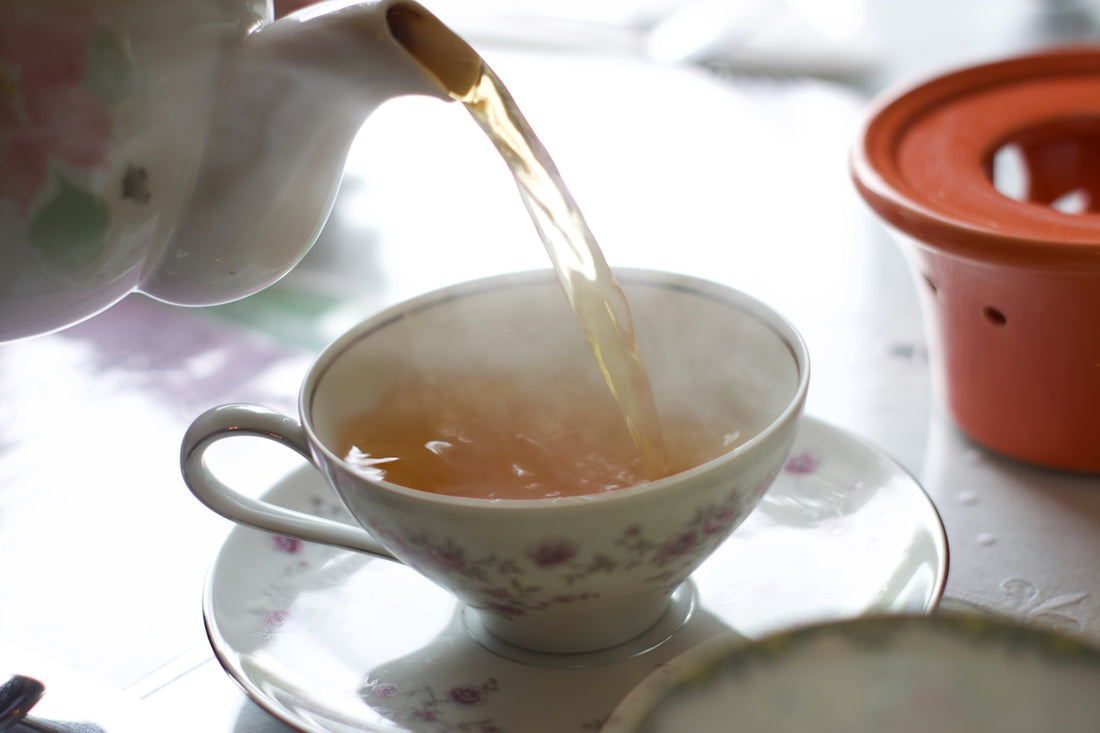
Perfecting Your Loose Leaf Tea Brew: Temperature Tips for Chinese Tea Lovers
Brewing the perfect cup of tea is often viewed as an art form, especially for those who have a deep appreciation for traditional Chinese loose leaf teas. Each tea variety has its own unique characteristics, bringing with it a world of intricate flavors and aromas. The journey to unlock these characteristics starts with one critical element—temperature. Here, we’ll dive into temperature tips tailored for Chinese tea lovers, exploring how to make loose leaf tea that satisfies and delights the senses. Along the way, we’ll feature some exquisite teas like Ya Shi Xiang Dan Cong and Anji White Tea, discussing the ideal temperature settings for each.
Understanding the Basics of Loose Leaf Tea
Before we dig into specifics about heat levels, let’s refresh our understanding of loose leaf tea. Unlike tea bags, which contain fannings—a lower grade of tea consisting of tiny particles—loose leaf tea is composed of whole or partially broken leaves. This allows for a fuller extraction of flavors and nutrients, providing a richer tea-drinking experience. It’s not just about tossing leaves into water; it’s about creating a symbiotic relationship between the key elements of time, temperature, and tea type.
The Importance of Temperature in Brewing
The art of brewing loose leaf tea hinges largely on the temperature of the water used. Too hot, and you risk burning the delicate leaves, especially with white and green teas. Too cool, and the flavors may not fully develop, leaving your tea dull and underwhelming.
Key Temperature Ranges for Chinese Teas
- White Tea: Generally enjoys cooler water, around 160-185°F (70-85°C). A great example is the Silver Needle, which best unfurls its subtle sweetness within this range. Explore Silver Needle White Tea.
- Green Tea: Similarly, enjoys a moderate temperature. Anji White Tea, a fresh and sweet variety, can be optimally brewed at 175-185°F (79-85°C). Discover Anji White Tea.
- Oolong Tea: More oxidized than green but less than black, oolong such as the Ya Shi Xiang Dan Cong is best brewed between 185-200°F (85-93°C). This is where its floral notes truly shine. Get Ya Shi Xiang Dan Cong.
- Black Tea: Requires the hottest temperatures, often between 200-212°F (93-100°C). Jin Jun Mei, known for its rich and malty taste, benefits from this higher release of flavors. Try Jin Jun Mei Black Tea.
- Pu-erh Tea: Can handle the hottest water around 212°F (100°C), just like black tea, to extract its deep earthy flavors.
Mastering Cold Brew: A Gentle Approach
While most teas are traditionally enjoyed warm, cold brew has become an increasingly popular method. Cold brew involves steeping tea leaves in cold water for an extended period, usually 6-12 hours. This method is particularly useful for those who desire a refreshing alternative to hot tea.
How to Cold Brew Tea
- Choose a suitable container with a lid.
- Add loose leaf tea—about one to two tablespoons per quart of water. Adjust based on preference and tea type.
- Fill with cold, filtered water.
- Seal and refrigerate for the desired amount of time.
- Strain and serve over ice or straight from the vessel.
Why Choose Cold Brew?
Cold brewing is favored for its ability to yield smooth and non-bitter flavors, as this method doesn’t extract the tannins that hot brewing often does. It can offer a completely new dimension to your favorite Chinese teas, including green and oolong varieties.
Bringing it All Together: Tools and Techniques
Achieving the perfect brew is also about using the right tools. Gaiwans, simple lidded bowls from China, are fantastic for both beginners and aficionados due to their versatility and ease of use. Try using a Buddha's Hand Gaiwan, which not only offers aesthetic pleasure but also practical advantages for controlling your brew. Check out Buddha's Hand GaiWan.
Pro Tips:
- Preheat Your Teaware: Pour hot water into your teapot or gaiwan, then discard before adding your tea leaves. This helps maintain consistent temperature during steeping.
- Measure Your Tea: Use a digital scale to ensure precise leaf-to-water ratio, optimizing flavor balance.
- Timing is Key: Use a timer to avoid over-extraction, adjusting times for subsequent steeps to further enjoy the evolving taste profiles.
Final Thoughts
Tea is more than just a drink; it's an experience. By mastering the relationships between tea type and temperature, enthusiasts can take their appreciation for loose leaf tea to the next level. Whether you're discovering the intense notes of Jin Jun Mei Black Tea or savoring the delicate flavors of Silver Needle, proper temperature control will unlock the secrets each tea leaf holds.
For more information and products to enhance your tea brewing experience, visit Tea Start.
Creating the perfect cup is about patience, practice, and respect for the tea. Happy brewing!
